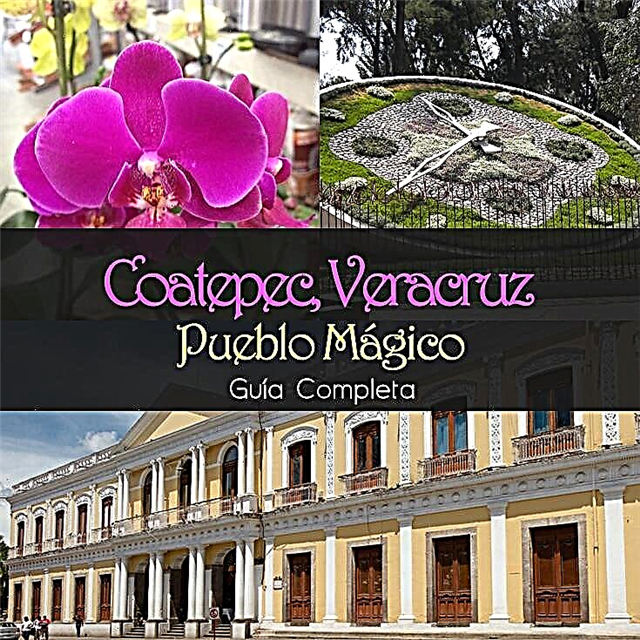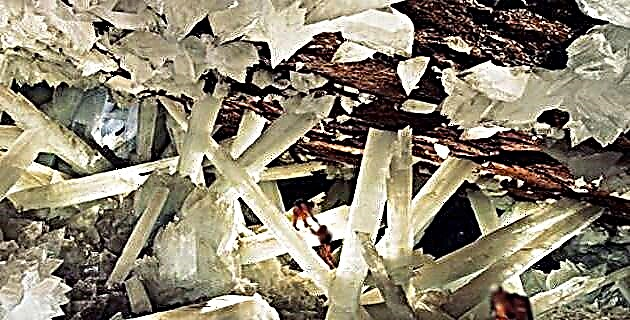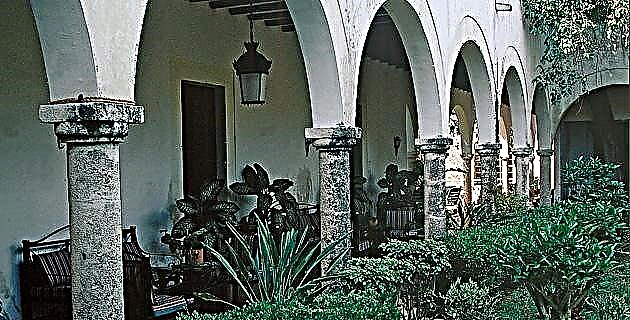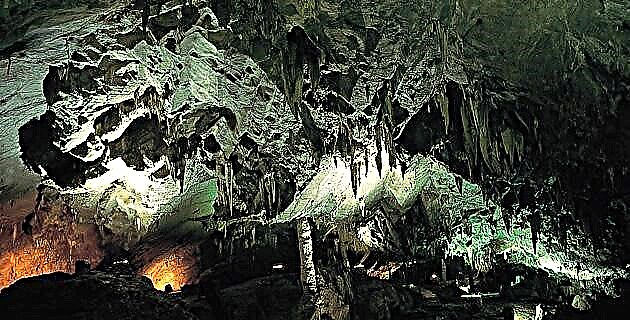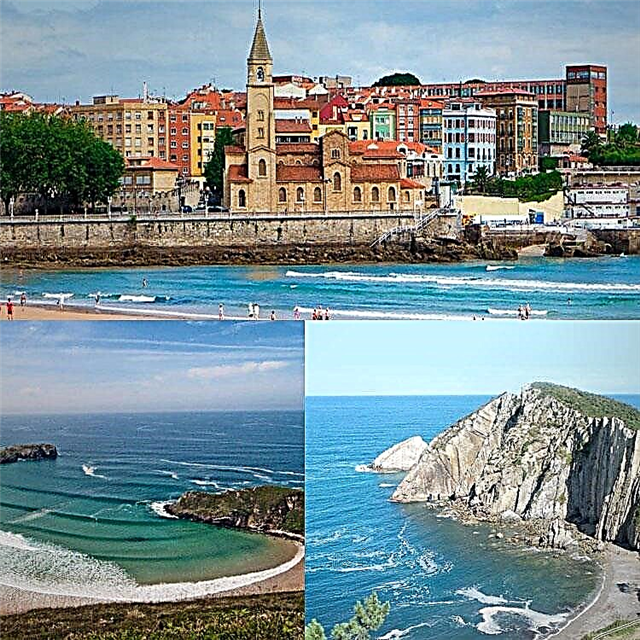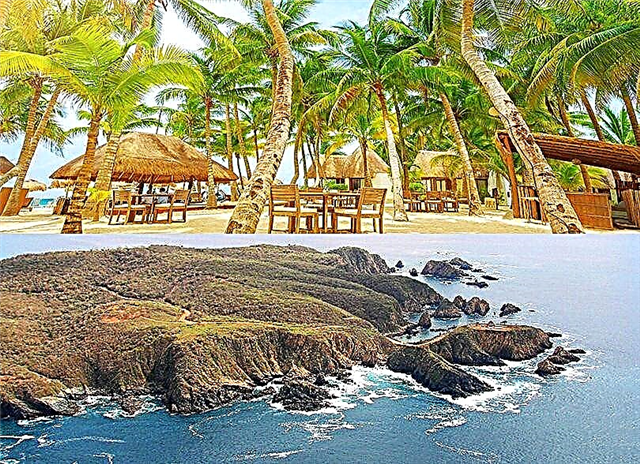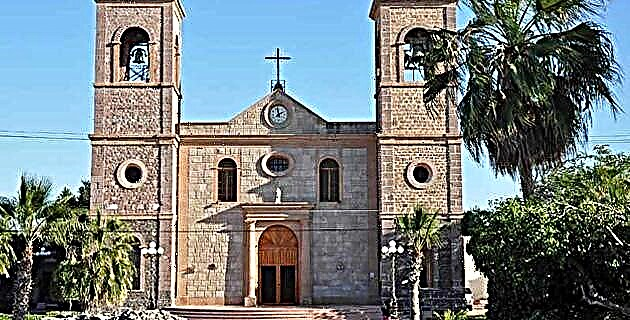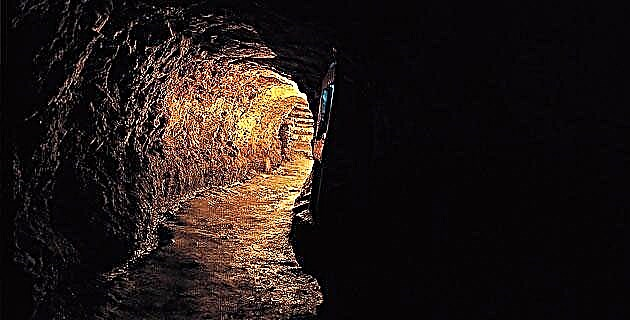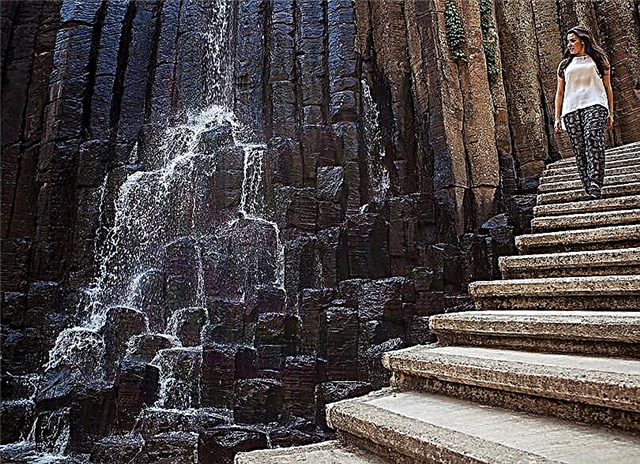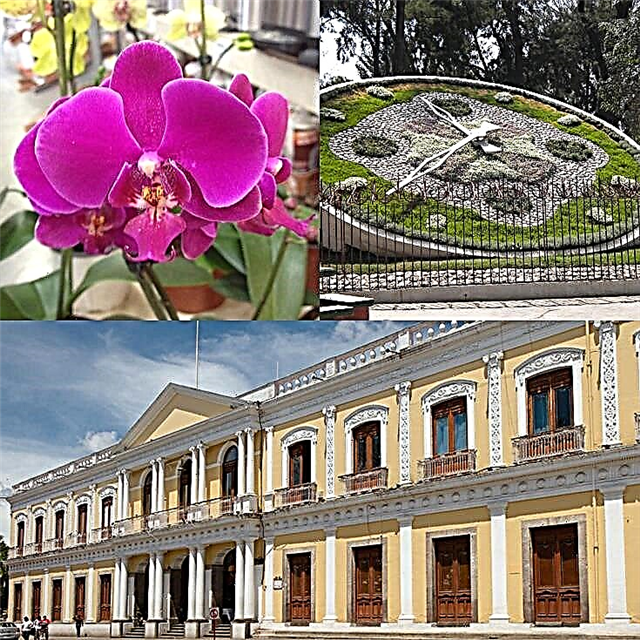The smell of coffee is felt just by entering Coatepec. Coffee is the past and present of the Magic Town Veracruz and we hope that this guide will help you enjoy all the pleasures that await you there.
1. Where is Coatepec?
In the center of the state of Veracruz, with the aroma of coffee, is the Magic Town of Coatepec. His history long before he became the coffee icon of Mexico, but it was the wonderful coffee bush that brought him prosperity. It became a beautiful town in the midst of its other symbol, orchids, and its striking civil and religious architecture. In 2006, with all due merit, it was designated a Mexican Magic Town.
2. What is your climate?
Coatepec is located at 1,200 meters above sea level and its climate is temperate and humid. The average annual temperature in the town is 19 ° C. Between November and March the thermometers move around 10 ° C, while in the warmer months, from April to September, they are around 29 ° C. In the moments of more intense cold, the temperature can be below zero, while the strongest heats in summer are 40 ° and a little more. It rains a lot in Coatepec, mainly between June and September. From December to April rainfall is low.
3. How did the town arise?
When the conquerors arrived at present-day Coatepec, they found Totonac indigenous communities living in the area. These Indians had come from a nearby town known as Coatepec Viejo. The Franciscan monks who began to evangelize Veracruz in the 16th century founded the first Christian temple in 1560. Coffee arrived in the 18th century, but it was consolidated as the economic mainstay of the town in the late 19th century.
4. How far is Coatepec?
It is almost attached to Jalapa, 116 km from the city of Veracruz and 310 km from Mexico City. Starting from Jalapa de Enríquez, the state capital, Coatepec is 20 minutes away by car, traveling south on the highway to Totutla. To go to Coatepec from Veracruz you have to take a northwest direction along Veracruz - Álamo, while from the capital of the country, the trip of 3 hours and 45 minutes is by 150D and 140D heading east.
5. What is the history of coffee in Coatepec?
The coffee plant arrived in America in the 18th century and it did not take long for it to adapt wonderfully to the lands of Veracruz, particularly those of the Coatepec area. However, in Mexico at least, coffee was still a curiosity or an elite hobby and not the drink of everyone that it would become. It was between the late nineteenth and early twentieth centuries when the cultivation of valuable high-altitude coffee brought prosperity to Coatepec, hand in hand with the increase in prices on the world market.
6. What are the main tourist attractions of the town?
The past and present of Coatepec revolves around coffee; the haciendas and plantations, the cafes, the tourist routes and the history collected in the Coffee Museum. In parallel with that of coffee, there is the tradition of orchids, with its infinity of varieties and the many gardens, parks and nurseries dedicated to the beautiful flower. The attraction of the Magic Town is completed by its typical architecture, its hills and waterfalls, its crafts, its gastronomy and its picturesque festivals.
7. What stands out in the architecture of Coatepec?
The current urban area of Coatepec achieved its splendor during the golden age of coffee, when most of its beautiful mansions were built or refurbished, with their tiled roofs and wide eaves, their wrought iron balconies and their large patios and gardens. Among the local buildings, the Municipal Palace stands out, where there is a mural that collects the history of the town; the House of Culture, a large house that symbolizes in itself the architectural splendor reached by the town; and the parochial temple of San Jerónimo.
8. Where is the Coffee Museum?
The Coatepec Coffee Museum works in a beautiful traditional building surrounded by coffee trees on the road to Las Trancas. In a tour that takes almost an hour, the visitor gets to know all the historical stages of the grain in the region, from the plantation to its transformation into the traditional drink. Of course, you enjoy cups of excellent coffee. The museum is also an educational institution on coffee culture, teaching courses on bean processing techniques; tasting, to learn how to taste different varieties of coffee; and preparation of coffee-based beverages.
9. Is there a coffee tour?
Yes. Assuming you are not an exquisite hobbyist or specialist, when you finish these tours you will be surprised by the myriad possibilities that coffee offers and that you may have been missing out on. Tour del Café is a company that organizes tours, tastings, sensory dinners and cooking workshops that emphasize the use of coffee to enhance dishes and drinks. The basic tour begins in the mist of the forest, getting to know the plant that grows in the shade of the trees, and ends with a delicious tasting.
10. How did the orchid tradition begin?
Coatepec is in a temperate, fertile, rainy zone with the ideal temperature for the growth of orchids. From the cloud forests full of varieties of bromeliads and orchids, the plants moved to private homes and public areas in Coatapecan. The gardens, patios and corridors of the town houses are dominated by the beautiful flowers and one of the most accentuated customs among the women of the town is the exchange of shoots, cuttings and especially advice to achieve maximum splendor in flowering.
11. Is there a museum dedicated to the orchid?
In the Calle de Ignacio Aldama N ° 20 of Coatepec there is a place that receives the name of the Orchid Garden Museum. Although the entrance to the place is not particularly impressive, its treasure is inside, with some 5,000 varieties, from miniature orchids to others that only look like ordinary branches. The managers of the place have managed to build an ideal habitat for their plants, providing them with the necessary humidity and shade.
12. What do I see in Parque Hidalgo?
This beautiful park is the central avenue and main public meeting center of Coatepec. It has a sample of orchids and in its surroundings are the most important buildings in the city, such as the Church of San Jerónimo and the Municipal Palace, and a great variety of restaurants, cafes, shops and points of sale of artisanal consumer products. It is common to see visitors to the park taking a walk or tasting a snow or some good churros.
13. What are the main natural areas?
Within Coatepec is the Cerro de las Culebras, an elevation around which there is a popular legend. The myth says that every year a huge snake comes out of a cave on the hill that walks quietly through the streets of the town and then returns to its den as harmlessly as it has come. Of course, locals are divided between skeptics and those who claim to have seen the snake practically every time you do the tour.
14. Is there a place for adventure tourism?
At Km. 5 of the Coatepec - Xico highway, towards Las Puentes, the Montecillo Ecotourism Recreation Park is located. In this park you can practice adventure sports such as rappelling, climbing, zip-lining, hiking and other entertainment.
15. Are there waterfalls in the vicinity?
Among the misty forests rich in oaks, coffee trees, orchids, ferns and magnolias, the Río Huehueyapan descends, forming several beautiful waterfalls. La Granada waterfall is located in the ecological reserve of the same name. In the town of Chopantla there is a 30-meter drop, while in the Bola de Oro coffee farm there is the waterfall of the same name, surrounded by coffee trees.
16. How is the crafts of Coatepec?
Coatepec's main line of artisanal products revolves around coffee wood carvings. The roots, trunks and branches of the coffee plant are used to make pens, key rings, boxes, jewelry boxes, bookmarks, letter openers and wooden pieces for larger handicrafts. Carvings are also made with the wood of the trees that shade the coffee trees and the roasted beans are used as beads to make necklaces and other ornaments.
17. What are the main festivities of the town?
The main festival of Coatepec is the one that is celebrated on September 30 in honor of San Jerónimo, patron of the town, in which the arches or arches decorated with red and white flowers that are placed on the doors of all the temples of the village. Another important celebration is the National Coffee Fair in May, with music, cultural events, bulls and the delicacies of regional cuisine.
18. What is the typical food?
Sitting quietly in an establishment in Coatepec, in an old restored house, to eat a dish, sweet or salty, in the company of a good coffee, is a gift that the spirit appreciates. Other culinary traditions are coffee and other fruit snows, and acamayas, river shellfish similar to shrimp. The local alcoholic drink is El Torito de la Chata, prepared with a fruit, condensed milk and rum.
19. Where do I stay in Coatepec?
Hotel Casa Real del Café, in Zamora 58, is a beautiful downtown establishment with a splendid patio to sit and enjoy a coffee. The picturesque and small Mesón del Alférez Coatepec, in Jiménez Del Campillo 47, has magnificent rooms and offers a rich breakfast. At the Hotel Posada San Jerónimo, on Avenida 16 de Septiembre 26, customers praise its excellent rooms and buffet. Other lodging alternatives in Coatepec are Hotel San José Plaza, Cabañas La Jicarita and Hotel Boutique Casabella.
20. Where do you recommend me to eat?
La Casa del Tío Yeyo operates in a cozy cabin surrounded by greenery and its clients always leave satisfied with their food, with house-style trout standing out. The Santa Cruz Restaurant and Café is located in the center and is a small place with family attention, where diners feel completely at ease. Finca Andrade, at Miguel Lerdo 5, is a family restaurant with a play area for children. Other recommended options are Casa Bonilla and Casa de Campo. They all look alike: They offer excellent coffee!
Already wanting to go and breathe fresh air and enjoy coffee and other charms of Coatepec? We hope this guide is very useful for you.
